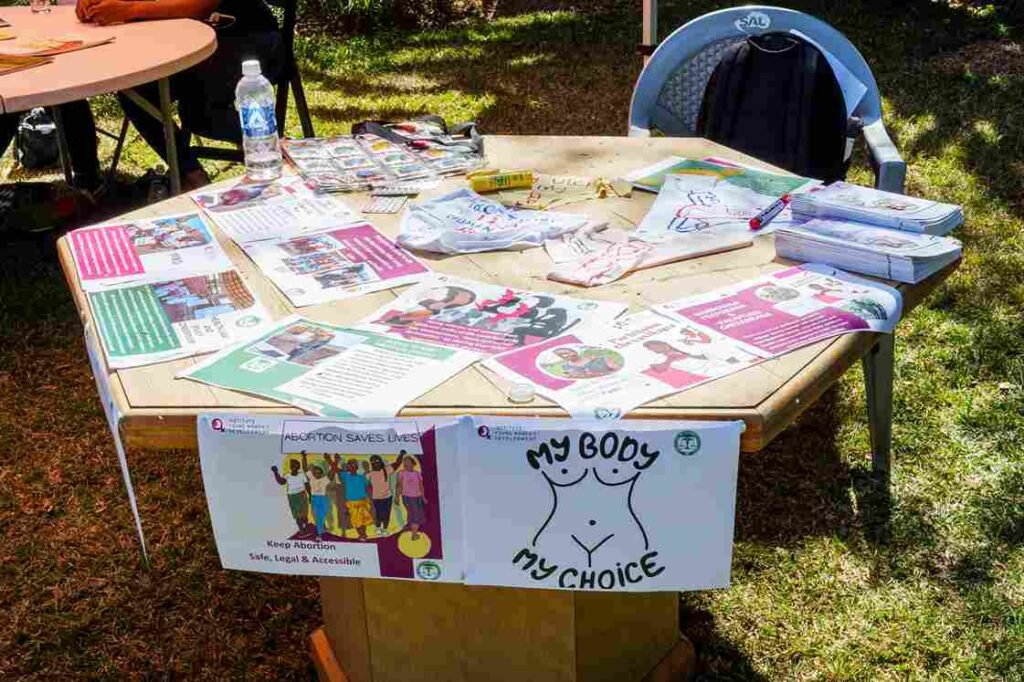Anti-queer behavior — including homophobia, transphobia, misogyny, and general discrimination against LGBTQIA+ individuals — can be harmful and distressing to all community members, no matter who it is directed at. However, as an ally, your response can play a significant role in creating safer, more inclusive spaces.
This guide outlines strategies for responding effectively to anti-queer behavior in a way that both supports queer individuals and promotes education and empathy.
Stay Calm and Composed
-
Avoid Confrontation: Stay calm and avoid escalating the situation. Keep your emotions in check, even if the behavior is hurtful or triggering.
-
Take a Deep Breath: If you’re caught off guard, take a deep breath before responding. This helps you stay focused and clear-headed.
Challenge the Behavior, Not the Person
-
Focus on the Action, Not the Identity: Address the behavior instead of labeling the person. For example, say, “That comment is hurtful and disrespectful to LGBTQIA+ people” instead of “You’re homophobic.”
-
Use “I” Statements: Avoid sounding accusatory. Say things like, “I don’t agree with that” or “I find that offensive.”
Educate and Provide Alternatives
-
Ask Thoughtful Questions: Challenge misconceptions with reflective questions like, “What do you mean by that?” or “Have you considered how that might make someone feel?”
-
Use Facts and Data: Share accurate information to counter myths and misconceptions about sexuality and gender identity.
-
Offer Resources: Share articles, videos, or books that respectfully explain LGBTQIA+ identities and experiences.
Note: While it’s not anyone’s responsibility to educate those adamant on queerphobia, building inclusive communities sometimes involves creating opportunities for learning and growth.
Use Humor Carefully
-
Defuse Tension: Humor can sometimes lighten the mood but must be used cautiously. Avoid mocking the individual; instead, gently highlight the absurdity of the comment, e.g., “Oh, wow, that’s an outdated opinion.”
-
Avoid Jokes About Queerness: Never use humor that reinforces negative stereotypes or belittles queer identities.
Set Boundaries
-
Don’t Tolerate Hate Speech: Make it clear that anti-queer language and behavior are not acceptable. For example, “I’m not comfortable with that kind of language.”
-
Limit Exposure: If the behavior persists, set firm boundaries like, “I don’t want to be around this kind of conversation.”
Support Queer Persons Around You
-
Be There for the Person Affected: Check in with the person targeted. Offer emotional support and validate their feelings. Let them know they are not alone.
-
Signpost Resources and Safe Spaces: Help them connect with support groups, counselors, or safe spaces where they can receive care and validation.
Address the Behavior Privately (When Appropriate)
-
Have a One-on-One Conversation: A private discussion can sometimes foster more honest reflection than public confrontation.
-
Use Empathy: Understand that some people may not realize the impact of their words or actions. Approach conversations with care and a willingness to build understanding.
Know When to Walk Away
-
Choose Your Battles: If the person is unwilling to listen or becomes aggressive, it’s okay to disengage. You can say, “I’m not going to participate in this conversation,” and remove yourself.
-
Protect Your Wellbeing: Responding to anti-queer behavior can be emotionally taxing. Step away and seek support if you need to prioritize your safety and mental health.


